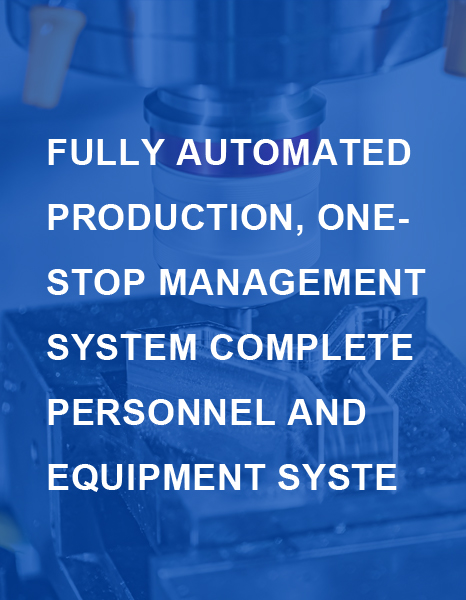2025 China Automotive Mold Market Analysis & Forecast Report
 Click:68Edit: GREATECH
Click:68Edit: GREATECH
 Time:2025-03-14
Time:2025-03-14
2025 China Automotive Mold Market Analysis & Forecast Report
Executive Summary
By 2025, China’s automotive mold market is projected to reach $12.8 billion, growing at a CAGR of 6.5% (2023–2025), driven by surging EV production, lightweight vehicle trends, and advancements in precision manufacturing. This report analyzes key growth drivers, challenges, and competitive strategies shaping the industry.
1. Market Size & Growth Projections
2023 Market Value: $10.2 billion
2025 Forecast: $12.8 billion
Key Growth Segments:
EV-Specific Molds: 35% of total demand (vs. 22% in 2022).
Lightweight Material Molds: Aluminum and composite molds growing at 9% CAGR.
Smart Molds: IoT-enabled molds for real-time monitoring (15% adoption rate by 2025).
Source: CAAM (China Association of Automotive Manufacturers), Statista
2. Growth Drivers
A. Electric Vehicle (EV) Boom
China’s EV sales will exceed 8 million units annually by 2025 (40% of global EV production).
Demand for high-precision battery housing molds and integrated chassis molds rises with new EV platforms (e.g., BYD, NIO).
B. Lightweighting Trends
Automakers aim to reduce vehicle weight by 20% to meet emission standards.
Aluminum alloy molds and carbon fiber composite molds dominate R&D investments.
C. Government Policies
“Made in China 2025”: Subsidies for smart manufacturing and mold digitization.
Carbon Neutrality Goals: Push for energy-efficient production molds.
3. Market Challenges
Rising Material Costs: Steel prices fluctuate by 12–15% annually, squeezing margins.
Skill Gaps: Shortage of engineers specializing in AI-driven mold design.
Global Competition: Southeast Asian suppliers (Vietnam, Thailand) undercut prices by 20–30%.
4. Key Trends Shaping 2025
A. Precision & Customization
AI-optimized molds: Reduce design cycles by 30% (e.g., TOWIA’s generative design tools).
Modular molds: Enable rapid customization for hybrid/EV platforms.
B. Regional Clusters
Guangdong & Zhejiang provinces account for 60% of mold production, leveraging OEM and Tier-1 supplier networks.
C. Sustainability Focus
Recyclable molds: Bio-based polymer molds gain traction (e.g., Haier’s partnerships with BASF).
5. Competitive Landscape
Top Players:
Hisense Mould (20% market share): Leader in EV battery molds.
Yanfeng Automotive Interiors: Dominates interior component molds.
International Entrants: Fischer Group (Germany) and Ogihara (Japan) expand joint ventures.
SME Strategies: Focus on niche segments (e.g., aftermarket repair molds).
6. Strategic Recommendations
Invest in R&D: Prioritize AI/ML-driven mold simulation tools to cut time-to-market.
Target EV Partnerships: Collaborate with NEV startups (e.g., Xpeng, Li Auto) for co-developed molds.
Adopt Circular Practices: Implement mold recycling programs to reduce costs and carbon footprint.
Expand Overseas: Leverage China’s Belt & Road Initiative to penetrate Southeast Asia and Europe.
Conclusion
China’s automotive mold market will remain a global powerhouse, fueled by EV innovation and policy tailwinds. Companies embracing digitization, sustainability, and agile customization will lead the 2025 landscape.
 Click:68Edit: GREATECH
Click:68Edit: GREATECH
 Time:2025-03-14
Time:2025-03-14

